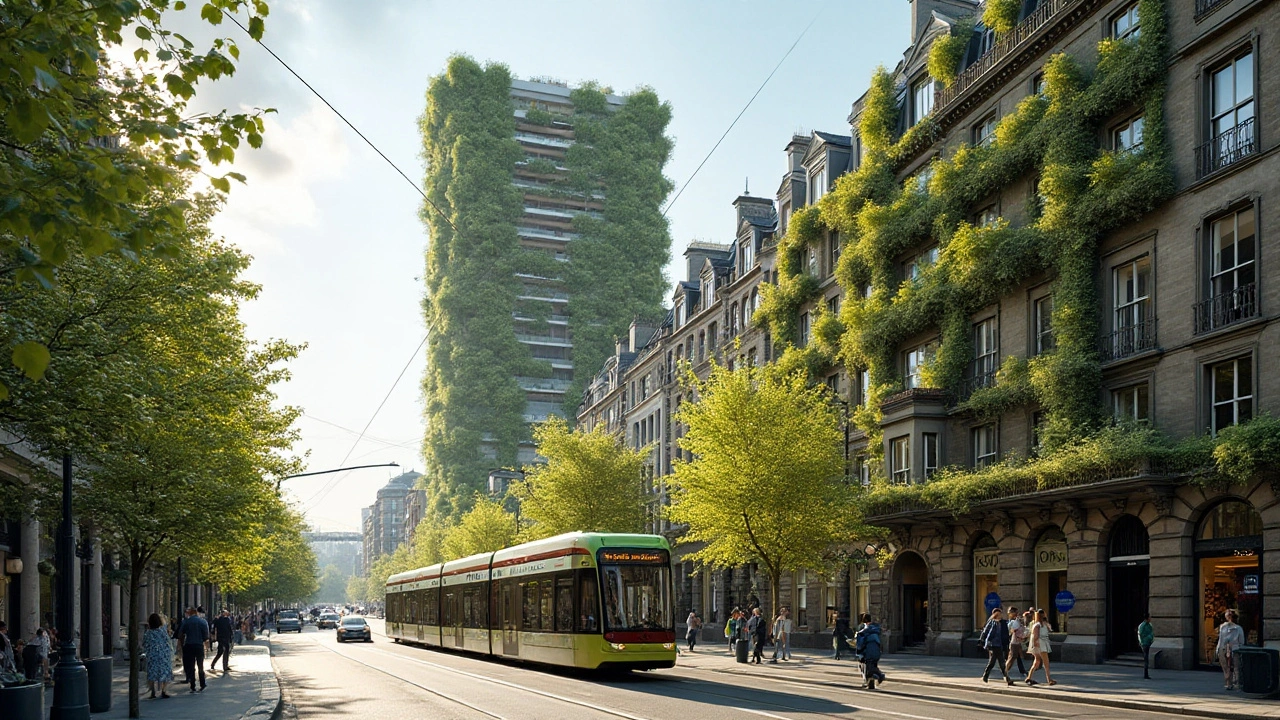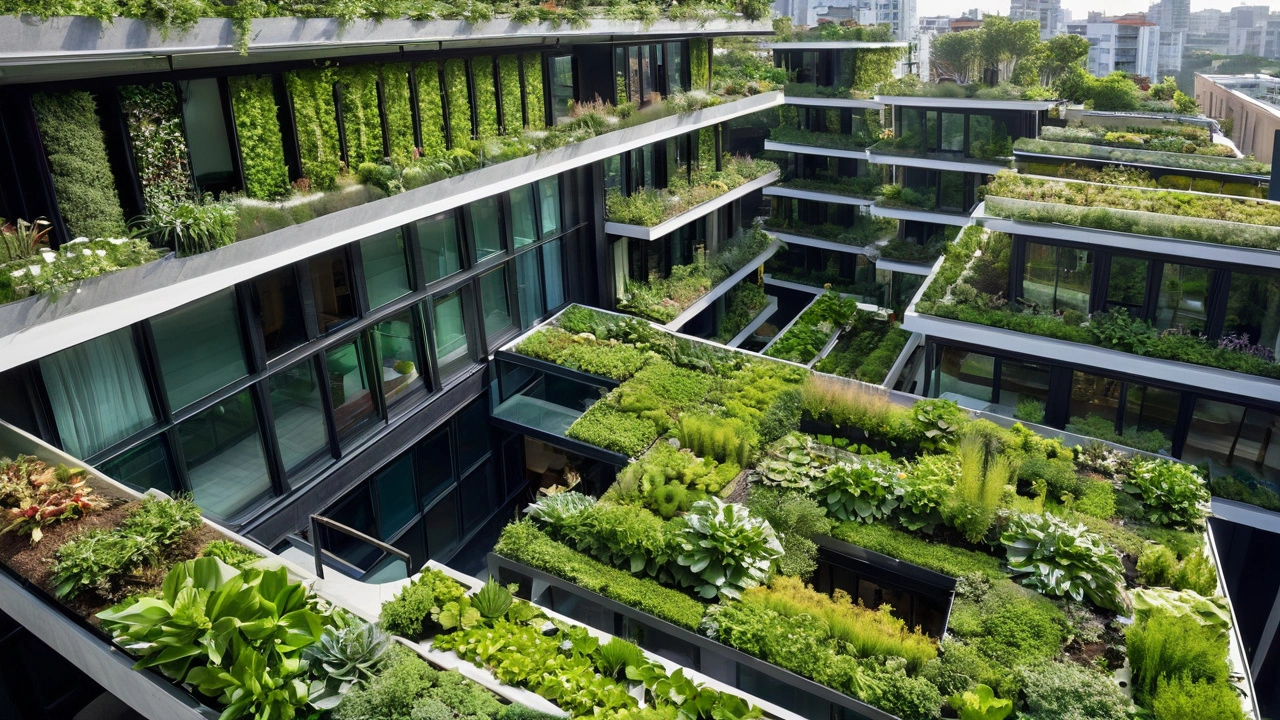Eco-friendly buildings: simple, practical steps to greener design
Want a building that costs less to run, feels healthier, and lasts longer? Eco-friendly buildings do all three. This page gives clear, hands-on strategies you can use whether you’re planning new construction, renovating, or just improving comfort and efficiency in a home or small public project.
Design moves that save energy and money
Start with orientation and passive design. Place main windows to capture winter sun and shade them in summer. Use overhangs, awnings, or deciduous trees to block heat when you don’t want it. Good insulation and airtight construction cut heating and cooling loads fast—often the cheapest long-term upgrade.
Choose high-performance windows (double or triple glazed) and focus on thermal bridging—continuous insulation or thermal breaks reduce heat loss. Add ventilation with heat recovery (HRV/ERV) to keep indoor air fresh while keeping energy use low. Small design changes like these shrink utility bills and improve comfort immediately.
Materials, systems, and certification choices
Pick durable, low-impact materials. Reclaimed wood, recycled steel, and low-VOC paints reduce embodied carbon and indoor pollution. For roofs and walls, consider insulation made from recycled content or natural fibers. Green roofs and reflective roof membranes reduce urban heat gain and extend the roof’s life.
On the systems side, prioritize efficient HVAC and water systems. Heat pumps now handle heating and cooling with far less electricity than older systems. Pair solar PV with good insulation and a modern heat pump for fast progress toward net-zero energy. Rainwater harvesting and low-flow fixtures cut water bills and ease strain on local systems.
Certifications like LEED, Passive House, BREEAM, or local green building standards provide clear targets. You don’t need full certification to borrow their checklists—use them to guide airtightness, material choice, and energy use goals.
Thinking about retrofits? Air sealing, adding insulation in attics and walls, upgrading to LED lighting, and installing a smart thermostat offer big wins for relatively low cost. Replace old appliances with Energy Star-rated models and fix drafts around doors and windows first—these moves give quick comfort gains and fast payback.
Budgeting for green design means looking at lifecycle costs, not just upfront price. Spend more on insulation and a better envelope, and you’ll cut heating and cooling expenses for decades. Consider maintenance needs and choose materials that age well—durability reduces future waste and cost.
Examples to consider: a small net-zero home combines tight insulation, heat pumps, and rooftop solar; a renovated school adds daylighting, LED lighting, and a rain garden to manage stormwater and lower operating costs. These are practical, repeatable moves you can adapt to many projects.
Ready to learn more? Explore project examples and specific how-tos on Macklowe Art & Architecture to find ideas that fit your climate, budget, and design taste.

Embracing Green: The Rise of Sustainable Architecture in Urban Landscapes
Sustainable architecture is transforming urban environments, blending innovation with eco-conscious design. The rise of green buildings in cities not only protects natural resources but also enhances the well-being of residents. As urban areas face challenges like climate change and population growth, sustainable design offers both practical and aesthetic solutions. Innovative materials and smart technologies are key components in this architectural revolution. Learn how key cities are leading the way towards more sustainable futures.
Read more
The Rising Impact of Sustainable Architecture in Modern Times
Sustainable architecture is changing the way we build and live. This article explores how eco-friendly designs are gaining momentum. Dive into innovations, benefits, and practical tips for integrating sustainability in construction.
Read more